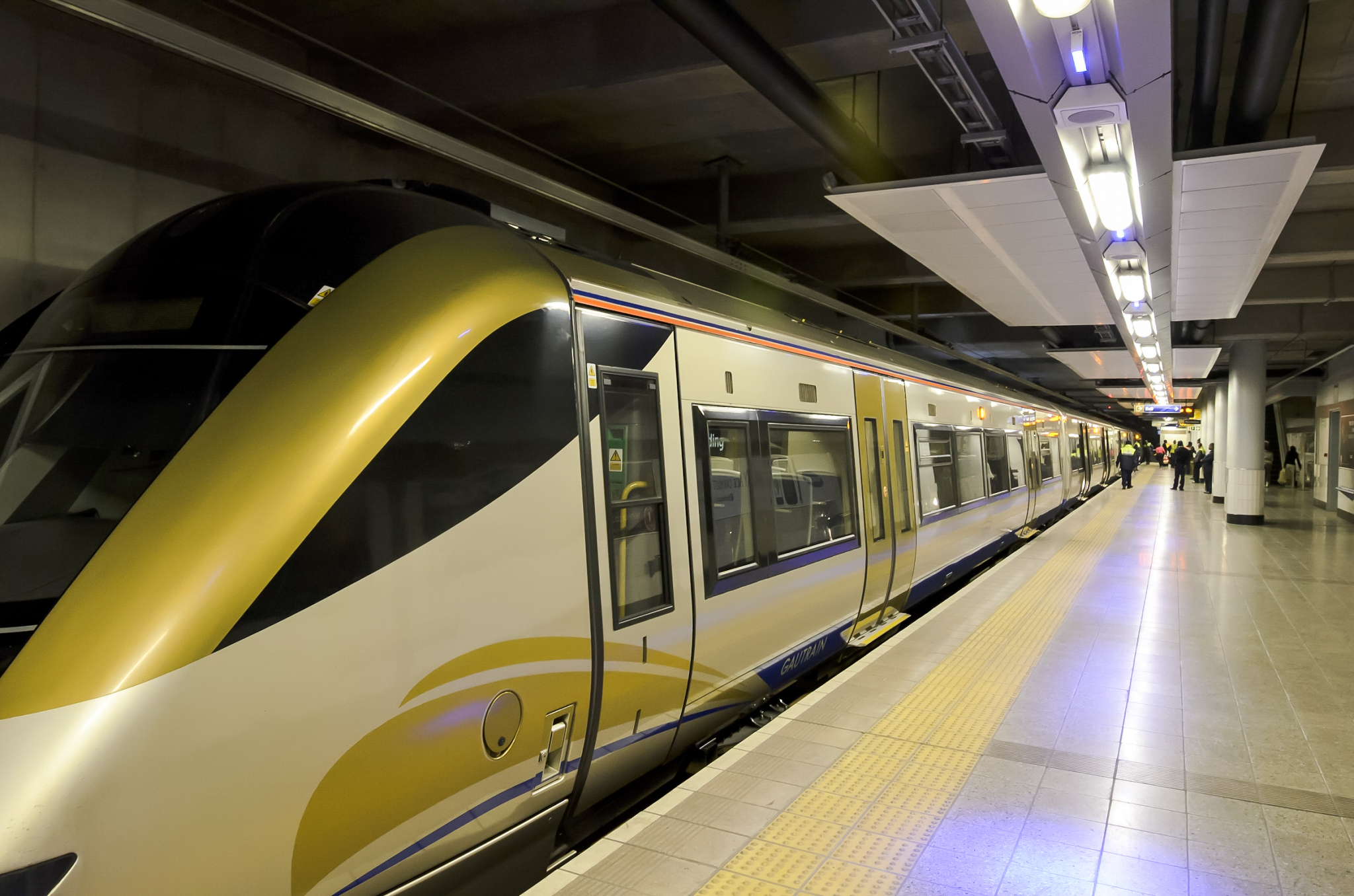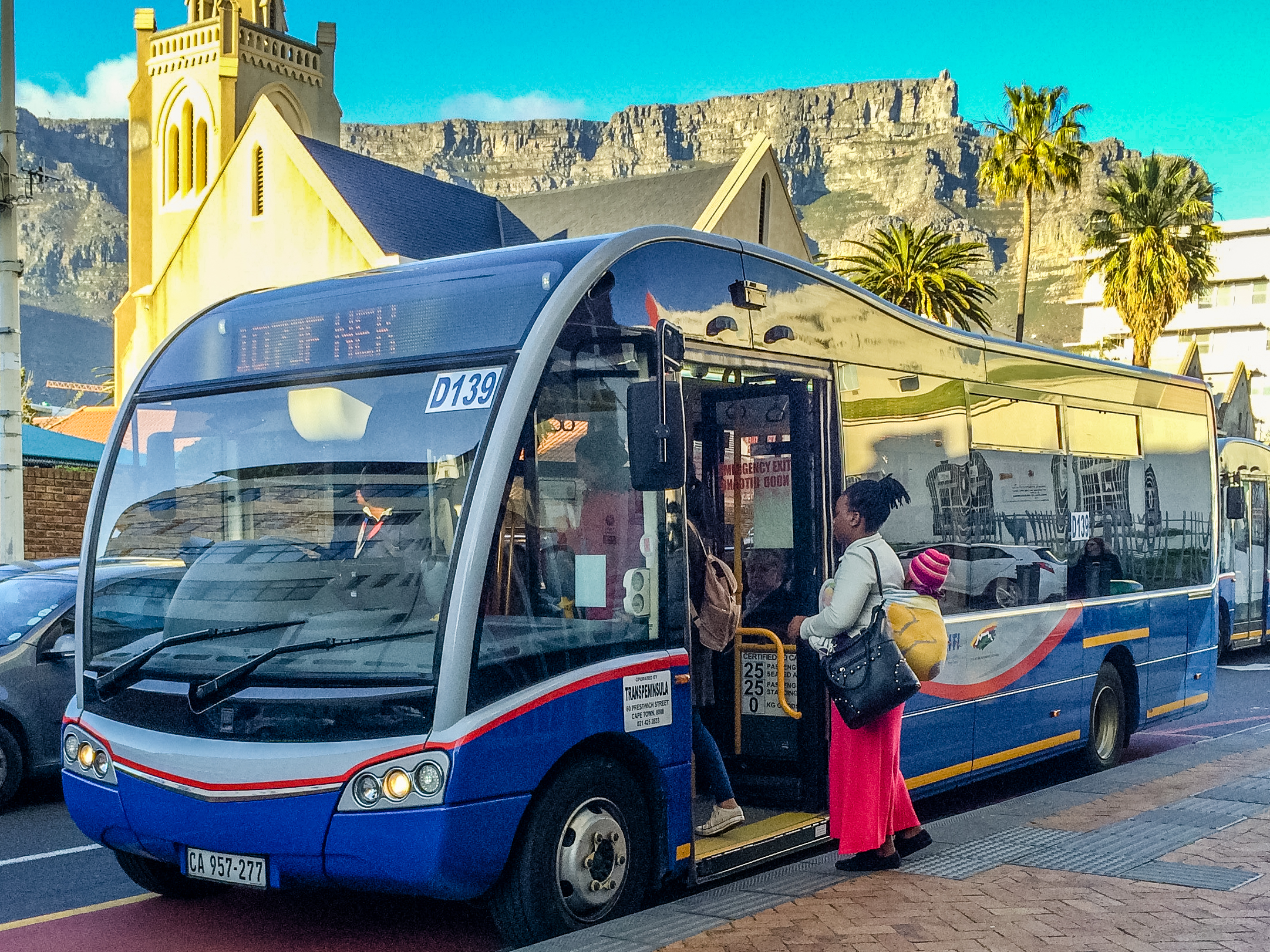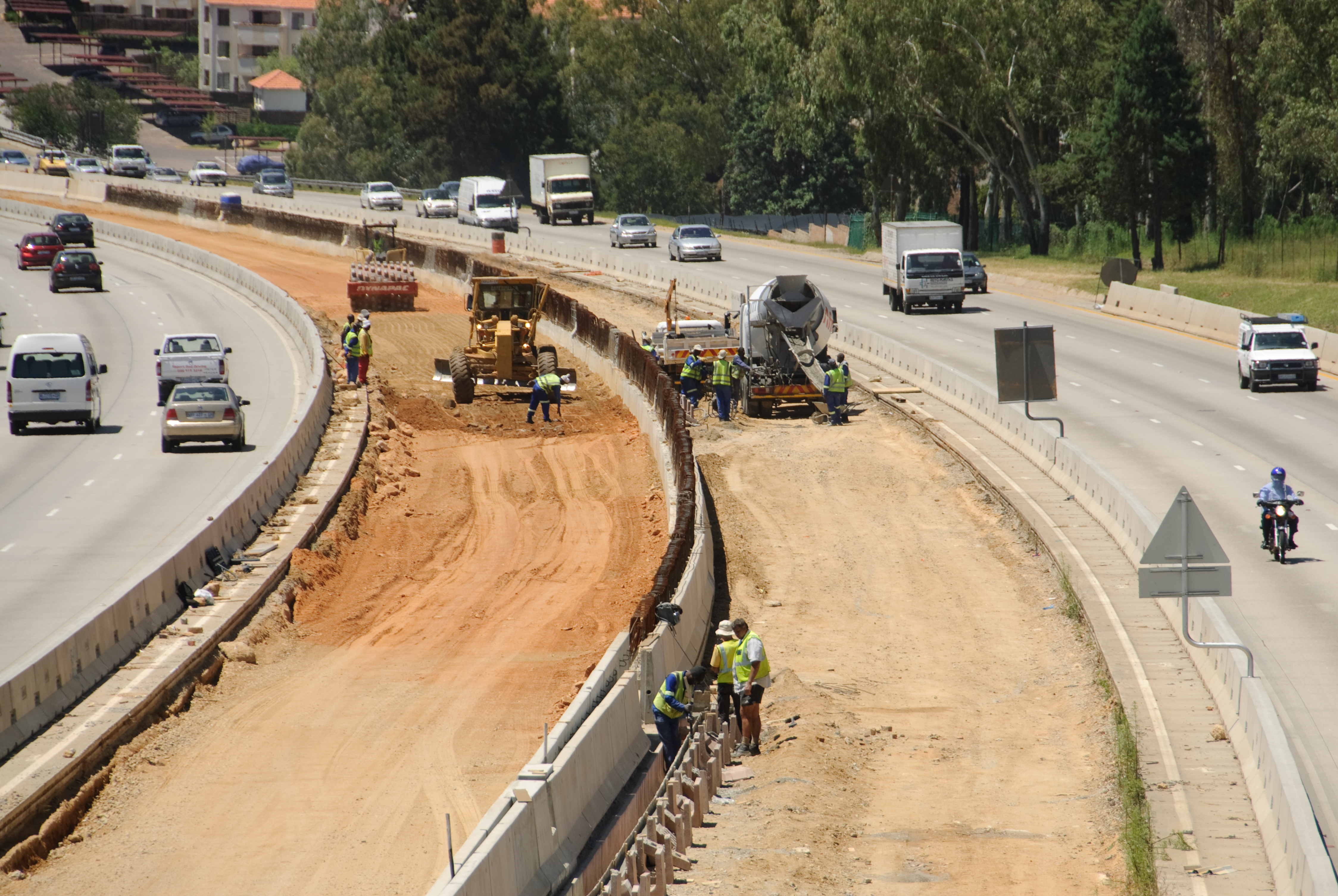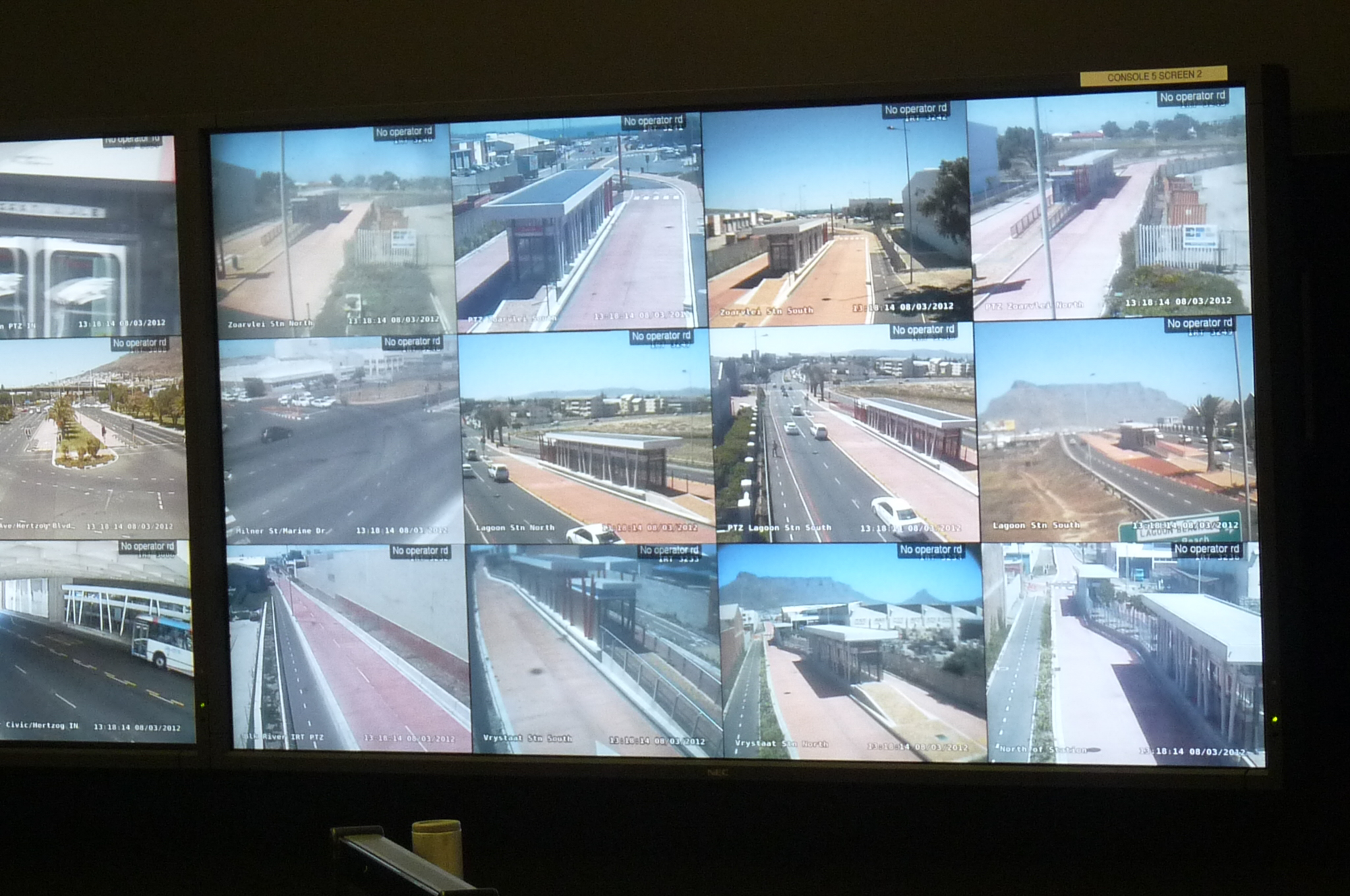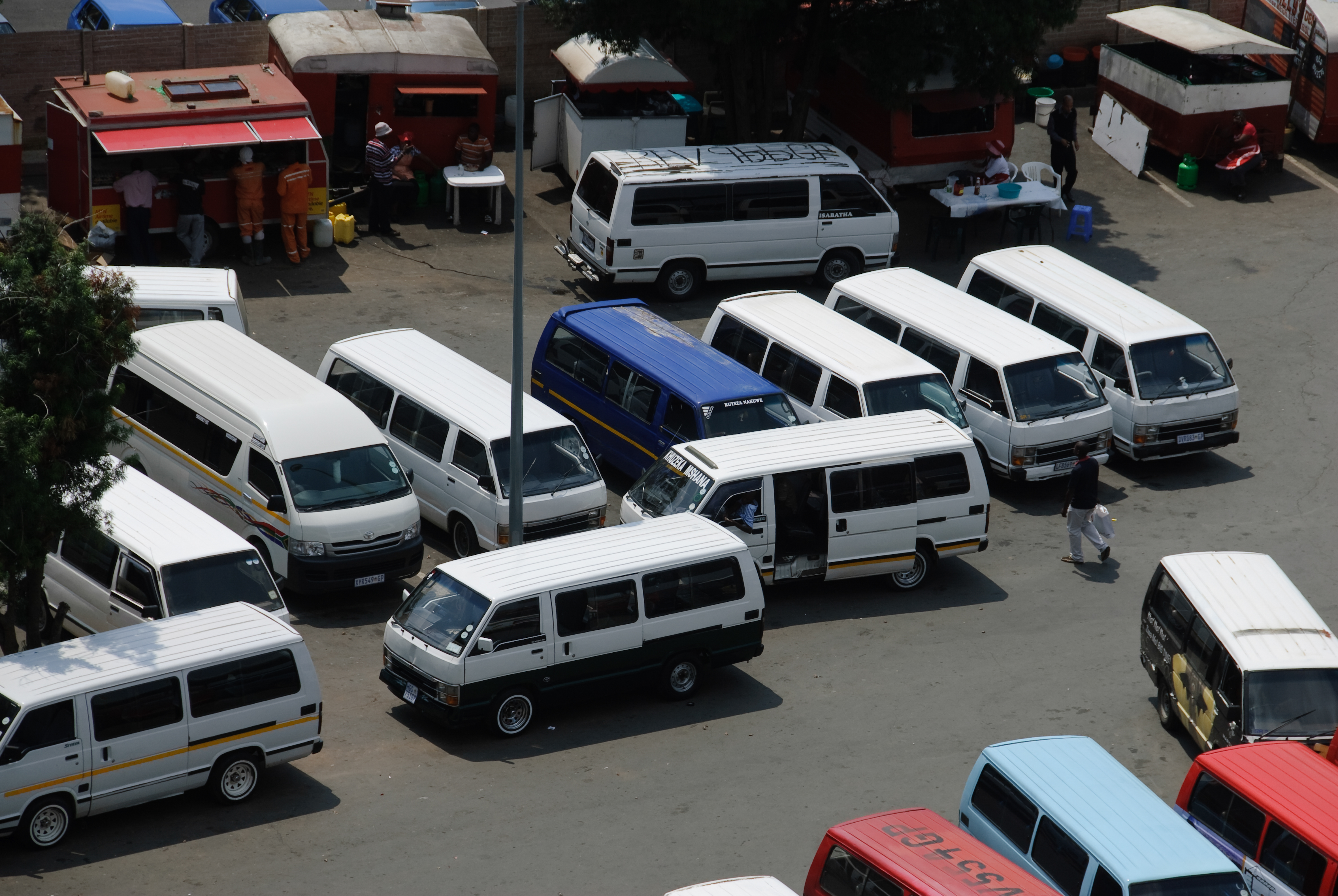South Africa
represented by: Paul J Vorster – CEO ITS South Africa
Mobility Scenario for Cities in South Africa and Africa
Cities in South Africa and in Africa typically experience a “pincher” movement constricting mobility for which it has to find solutions. The search for solutions offers exciting opportunities.
The one “pincher” is continuing urbanisation and the general population growth as well as the growth in private vehicle numbers and the resulting often crippling or near-crippling congestion. This contributes to long journey times, degrading air quality, lost productivity and often unsafe travel conditions with unacceptably high road fatality figures. Low income levels are constraints on the contribution of the fare box towards covering operational costs of Public Transit systems.
The second “pincher” is old, degrading and generally insufficient transport and related infrastructure and high percentages of road-based freight movement adding stress to degrading of road-quality. There are also not enough Public Transport and Public Service Vehicles, of which many are old and are prone to breakdowns and are contributing to bad air quality and subsequent health hazards.
The pressure to find mobility solutions to escape this “pincher” movement is opening the way for concerted efforts to overcome these challenges and the absence of legacy systems opens the door for innovation and renewal.
Global developmental and funding institutions such as the World Bank are supporting mega projects in Africa with an apparent focus on building roads that can connect regions to support economic activity, rail projects to move goods and passengers, and public transit systems to move people in densely populated urban areas. Several large transport initiatives collectively will give impetus to a new transport dawn rising for the continent of Africa.
